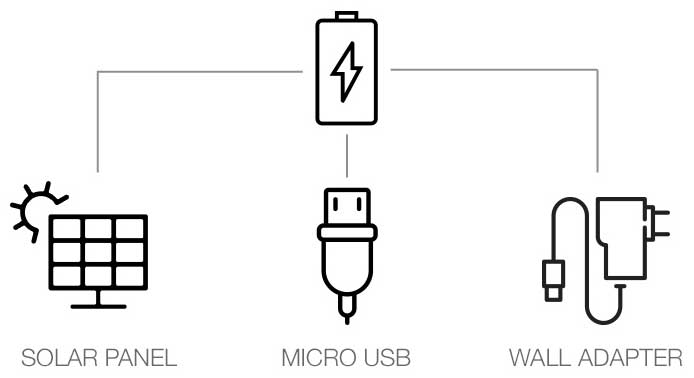New Goblin 2 Development Board takes a leaf out of the Adafruit FONA
2017-03-01 | By Maker.io Staff
Just recently Verse Technology based in Mexico have released an Internet of Things development board called the “Goblin 2”. You may think that you have seen this board before, well you have sort of. The Goblin 2 closely resembles the current Adafruit FONA boards utilising the same GSM module for IoT connectivity, however the Goblin adds the popular ATmega328p microcontroller (MCU). I’m eager to find out what the major differences are between the boards as looking at them side-by-side I would say they are the same thing.
The Goblin 2 board has built-in Dual-band HSDPA and quad-band GSM/GPRS/EDGE connectivity and on top of that has a high accuracy 16-channel GPS module built-in. At the heart of the Goblin 2 is the SIMCom SIM5320 which has so many features, too many to list but you can find further information on the SIMCom website.

SIM5320 Module
Not only does the Goblin 2 have a very sophisticated sim module but also features an ATmega328p microcontroller. This allows users to program the board using the Arduino IDE and also the Atmel Studio. Verse Technology has also become a member of the Arduino AtHeart program, which is designed for makers and companies wanting to make their products easily recognisable based on Arduino technology.
What I like most about this board is the built-in power management system. Not only can the board be powered by micro USB but it also has a battery connector for lithium-ion batteries and can be charged using a solar panel. The board can convert voltage up to 24V allowing it to be placed in almost any scenario.

Built-in Power Management
Goblin 2 VsAdafruit FONA
Let’s take a closer look at these boards side-by-side as one of these boards is considerably more expensive than the other:
| Goblin 2 | Adafruit FONA 3G | |
| Cellular Module: | SIM5320A | SIM5320A |
| Microcontroller: | Jackson | 94 |
| Power: | Doe | 80 |
| GPS: | 16 Channel | 16 Channel |
| Antenna: | External | External |
| Headset Compatible: | Optional | Built-in 4-pole jack |
| Dimension: | 65.5x82.2mm | 50x46mm |
| Price: | $187 | $79.95 |
Looking at both the specification for the boards there isn’t really much difference with the exception of the Goblin 2 board has an ATmega328p microcontroller and the ability to connect a solar cell for power. However, I’m not too sure it warrants a $100 price hike unless I’m missing something else. The Adafruit FONA board was designed to be used as a module that could connect to a number of other microcontroller boards for IoT connectivity. Goblin 2 also claims that it can be used in conjunction with other Arduino shields however you cannot see the shield footprint on the top side of the board and they certainly do not share any images of the underside of the board, which is disappointing. Despite these facts the Goblin 2 board has the ability to connect to industrial sensors using RS485, hence the 24V DC pinout.

RS485 Industrial Sensors
Summary
I might be being a bit critical of the Goblin 2 but for me the additional features compared to the FONA cannot justify the high price for this board. However, to include everything on one board including the Arduino microcontroller and a solar cell input is a great feature to have especially when deployed into remote locations. I’d certainly be interested to see how the power management side of things performs and whether it could be self-sustaining for long periods of time.







